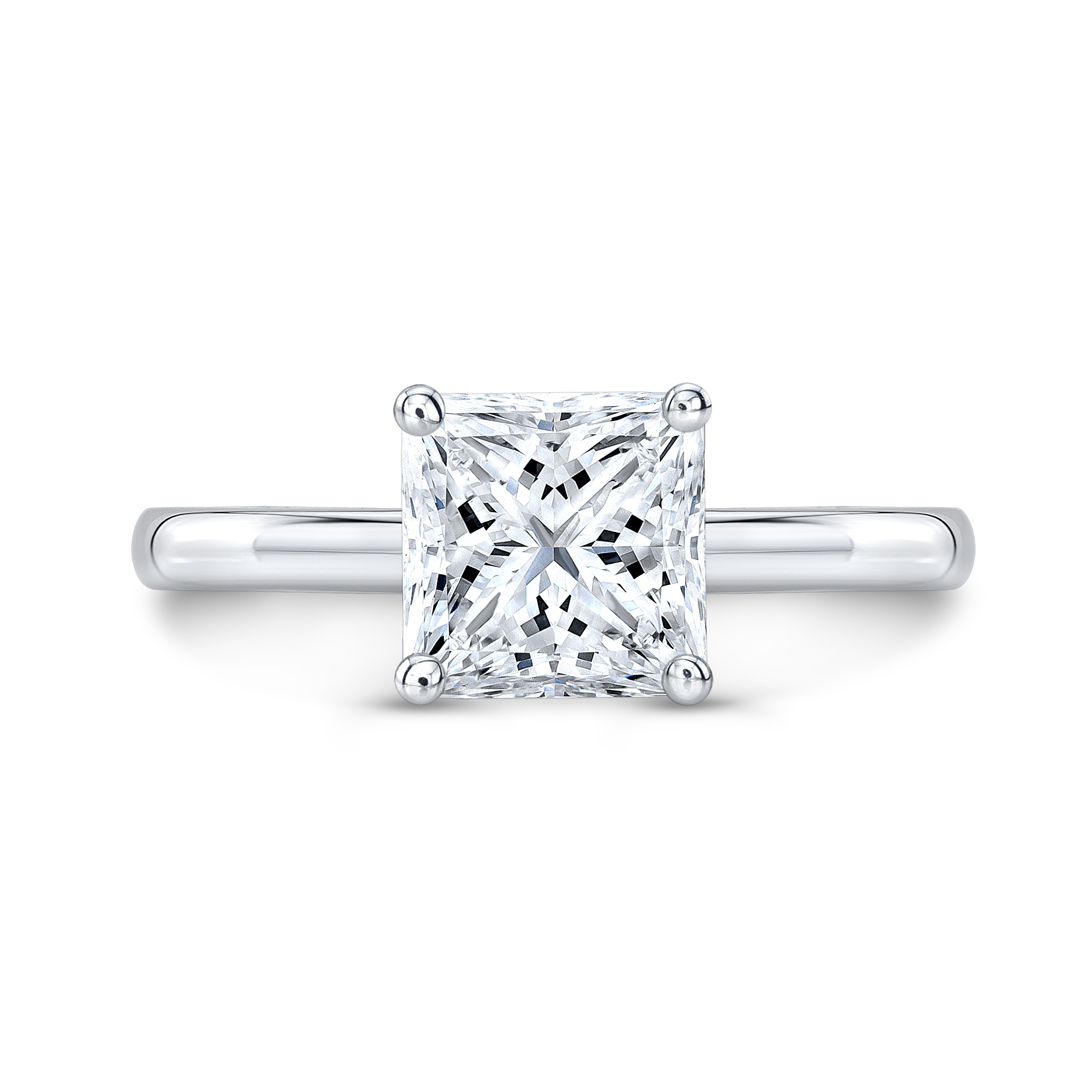

Scintillation: A balanced contrast of light and dark patterns in the table and facets are important.The more symmetrical the facets, the more desirable the diamond. Then draw an imaginary horizontal line across the diamond, and see if the facets on the bottom and top halves are symmetrical. Also look for all the points of the facets to meet and that there are no missing or extra facets. You can look for this by drawing an imaginary line down the length of the diamond, and seeing if the facets on the right and left halves are the same shape and size. Learn about loose princess cut diamond wholesale where price ranges with carat weight, brilliant cut, color and clarity. Symmetry: The symmetry of the facets helps to create the beauty of the cut.Princess cuts that have uneven sides or unequal proportions are less attractive. Shape: A square princess cut has a length-to-width ratio not exceeding 1:05:1.What to look for in princess cut diamonds Brides-to-be seeking the non-traditional are often wooed by this shape and cutting style, and clever marketing also helps spur sales.
#PRINCESS CUT FULL#
In a display case full of round brilliants and emerald cut diamonds, the princess cut can stand out as something different…beautiful…unusual. Why is the princess cut diamond so popular? They are attractive alternatives to the standard round brilliant. Princess cut diamonds can be striking center stones in engagement rings. The number of facets and the faceting arrangement on the pavilion and crown can vary widely, creating a wide variety in scintillation, the combination of how much it sparkles and the pattern of the sparkle. Based on cost per carat, this diamond is approximately 40 more affordable than a similar round cut diamond. For example, this 1.01 carat, I color, VS1, ideal princess diamond from James Allen is priced at 2,970. The princess cut is like an upside-down pyramid, with much of its weight in the pavilion, so the face-up appearance of the finished diamond may appear smaller than another diamond of a different shape but of similar carat weight. The Princess Cut is the second most popular diamond shape yet is affordable and offers an exceptional amount of brilliance. A princess cut diamond can also be rectangular or tapered. GIA grading reports describe princess cut diamonds as square modified brilliants, distinguishing them from the step cut facet arrangements you find on other square diamonds like the Asscher cut. If you’re searching for a diamond that has a lot of brightness and is somewhat less conventional than the standard round brilliant, a princess cut diamond might be perfect for you.Ī relative newcomer to the diamond universe, the princess cut was created in 1981 by Betzalel Ambar and Israel Itskowitz.


 0 kommentar(er)
0 kommentar(er)
